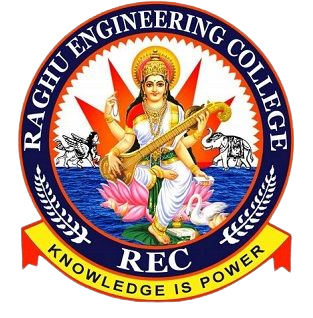WiE Panel Speakers
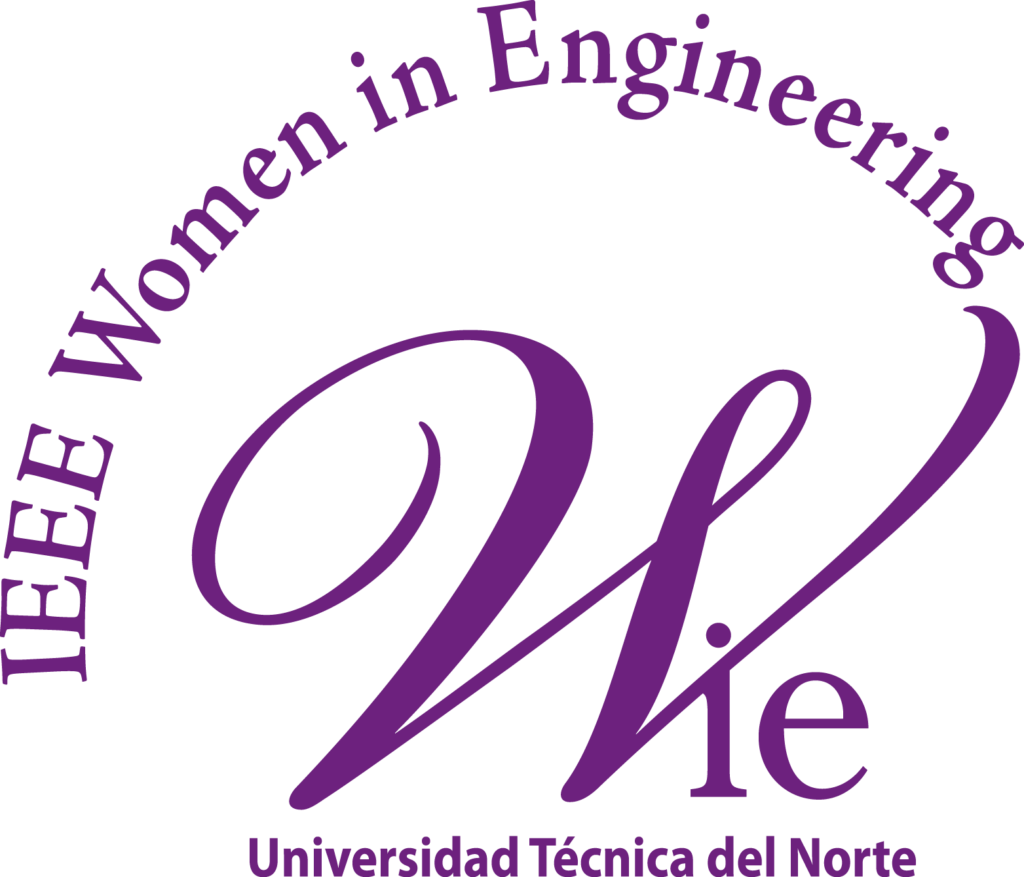
Women In Engineering Special Session
This unique session will allow women professionals and research scholars from industry and academia to propound their work to experts, students and contemporaries in the Wireless, Antenna and Microwave domain. The session also features inspiring expert talks, panel discussions, and networking sessions for women professionals.
WiE Panel Speakers
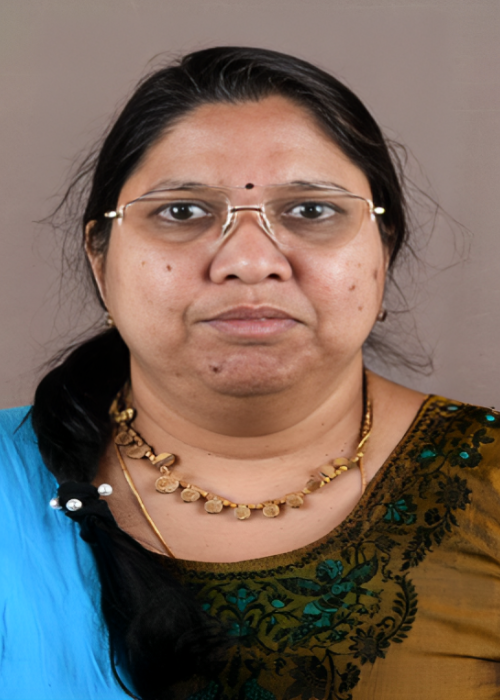
Dr. Balamati Choudhury
Prinicipal Scientist, CSIR-NAL, Bangalore
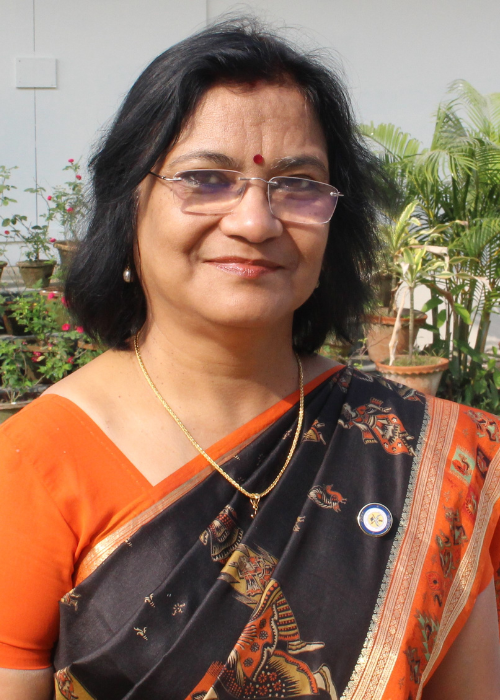
Dr.Madhumita Chakravarti
Director, CMSDS, DRDO, Kolkata
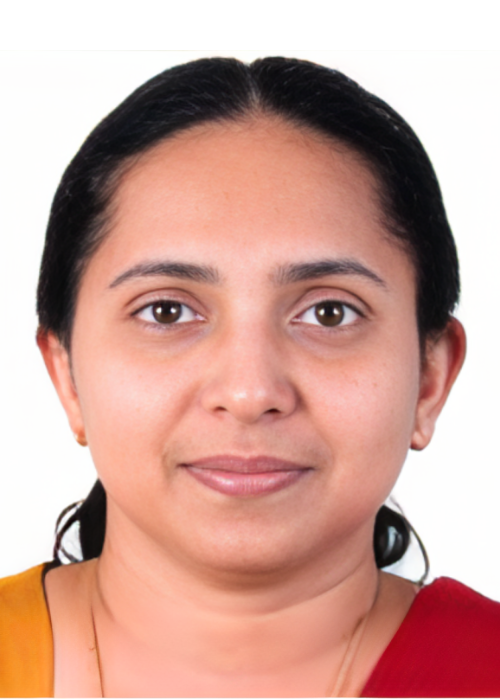
Prof.Binsu J Kailath
IIITDM kancheepuram
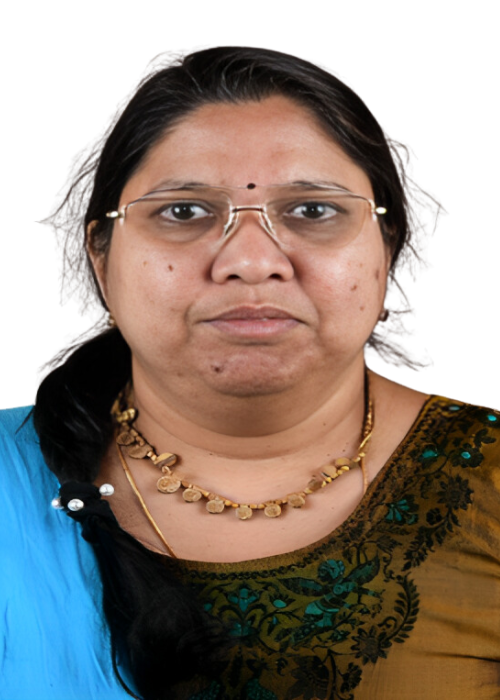
Dr. Balamati Choudhury
Prinicipal Scientist, CSIR-NAL, Bangalore
Dr Balamati Choudhury is working as a Scientist at Centre for Electromagnetics of CSIR-National Aerospace Laboratories, Bangalore, India. She obtained her MTech. (ECE) degree from National Institute of Science and Technology, India and Ph.D. (Engg.) degree in Microwave Engineering from Biju Patnaik University of Technology (BPUT), India in 2013. During the period of 2006-2008, she was a Senior Lecturer in Department of Electronics and Communication at NIST, Orissa India.
Her active areas of research is on development of high frequency based RCS estimation towards low RCS design of electrically very large structures. More specifically, the topics of the sponsored projects she has contributed to are, development of High Frequency Ray Tracing Techniques towards RF Analysis of Propagation in an Indoor Environment, Low RCS design of aerospace structures, Soft computing based multidisciplinary optimization towards stealth technologies those includes shaping and RAM/RAS materials.
Her other expertise and teaching interests are in the domain of: Soft Computing Techniques in Electromagnetic Design and Optimization, Computational Electromagnetics for Aerospace Applications, Metamaterial Design Applications, RF and Microwaves, Conformal Antennas. She was receipient of ICCCES/ Outstanding Young Investigator Award for the year 2016-2017 for her contributions in Metamaterial Science. She was also the recipient of the CSIR-NAL Young Scientist Award for the year 2013-2014 for her contribution in the area of Computational Electromagnetics for Aerospace Applications.
Dr. Balamati has authored or co-authored over 150 scientific research papers and technical reports, besides two books, five Springer Briefs and three book chapters. The book entitled: Soft Computing in Electromagnetics: Methods and Applications have been published by the Cambridge University Press, Cambridge, UK (2015). Another Book “Metamaterial Inspired Electromagnetic Applications: Role of Intelligent Systems” has been published by Springer, Singapore. She was the author of five SpringerBriefs published by Springer, Germany which covers all the cutting edge technologies such as Terahertz technology, invisibility cloaking and HF ray based methods for space applications. She has also book chapters in a monograph entitled: Recent Advances in Metamaterial Science and Technology (Tech Science Press, USA, 2015), which is in press.
Dr. Balamati is also an Assistant Professor of the Academy of Scientific and Innovative Research (ACSIR), New Delhi, which is a university constituted by an act of Indian Parliament.
Title of Key Note:
Structurally Integrated Antennas for Aerospace Applications
Abstract:
The modern manned or unmanned aircraft requires multiple antennas to perform diverse and complex tasks that include telemetry, tele-command and communications. At the same time the military aviation also demands for low radar cross section fighter aircraft, posing challenge on the researchers towards design of on-board antennas. Further the recent advances on unmanned aerial vehicles (UAVs) have got wide acceptance in surveillance, communication and military sectors which in turn increased the requirement of structurally integrated/conformal antennas and analysis of communication linkages thereof. The limited aircraft space is a primary concern to an engineer, due to the mutual coupling problems and distortions in radiation pattern. Radiation pattern distortion reduces the desired coverage for communication. Antennas bulged from aircraft structure causes a considerable drag. Aircraft space constraints, weight, radar cross section and aerodynamic problems will encounter while designing conformal antennas. The interface between the signatures transmission lines towards the antenna has great significance. In addition, material on which the antennas are mounted has impact on the return loss and resonant frequency. Curvature encourages the propagation of creeping waves, which strengthen back lobe radiation and broaden the radiation pattern. All these challenges and a route to their solution is the objective of this presentation.
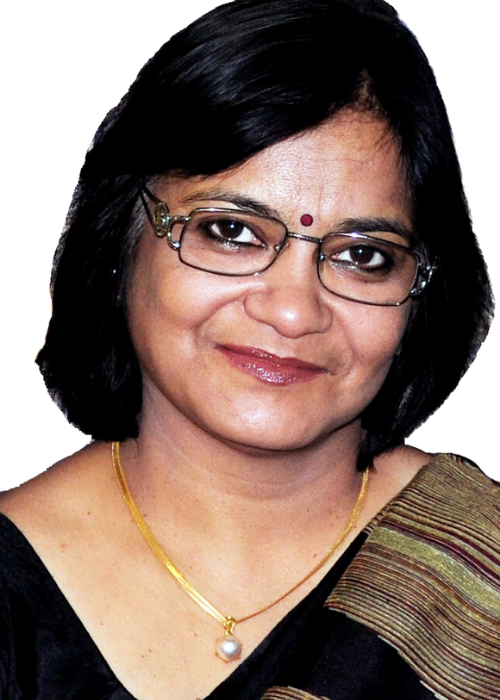
Dr. Madhumita Chakravarti
Director, CMSDS, DRDO, Kolkata
Madhumita Chakravarti completed her B Tech and M Tech degree from Instt. Radio Physics and Electronics, Calcutta University. She worked in the field of programmable and re configurable Airborne RF Sensors for various Air defence and Area Defence Missile programs of DRDO. She has developed multi-function RF Chips for indigenous development of sensors. The system designed by her has been inducted to Indian Air Force and Indian Army. She served as the Director of Centre for Millimeterwave Semiconductor Devices and Systems (CMSDS), a DRDO lab in Kolkata, where high-power mmW semiconductor source could be fabricated recently for the first time in India.
She is recipient of Path Breaking Technology Award of DRDO in 2010 and in 2017. She received felicitation from State of Andhra Pradesh and Telangana for developing MSMEs in 2015. She has received INAE Woman Engineer of the Year Award 2021 and WAMS women professional excellence award 2022.
Apart from this, she has served as secretary for IEEE Hyderabad Section in 2015-16. She is founder Chair of IEEE MTT/AP/EMC Chapter, ad-com member of MTT-s in 2009, founder member of WIE affinity group and founder Chair of AESS Chapter in IEEE Hyderabad Section.
Title of Key Note:
Self-Reliance through Innovation and Collaboration
Abstract:
Defence Research and Development organisation is involved in research on cutting edge technology to attain Self Reliance in Defence since last 65 years. DRDO is involved in providing scientific assistance and advice to the armed forces. There is growing requirement of mmW/THz systems and DRDO is working on design, development and fabrication of semiconductor devices and systems. In this talk the challenges of fabrication of mmW devices and process optimization will be presented.
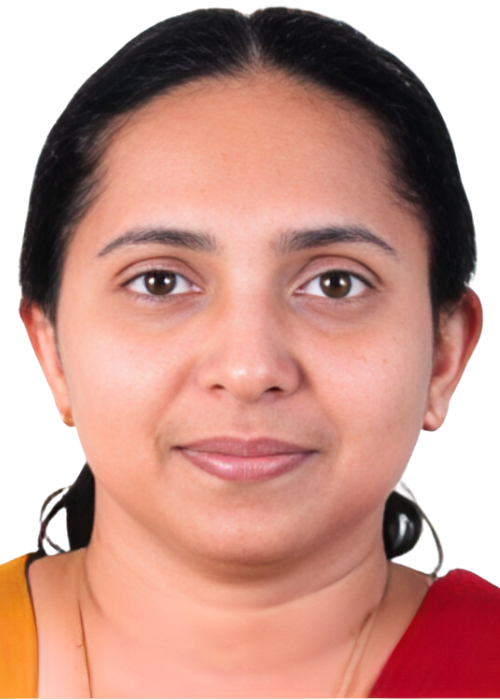
Prof.Binsu J Kailath
IIITDM kancheepuram
Prof. Binsu J Kailath is a distinguished figure in the field of electronics engineering, specializing in microelectronics and VLSI design. She earned her B.Tech. in Electronics and Communication Engineering from the University of Calicut in 1992, laying the foundation for her academic journey.
Continuing her pursuit of knowledge, Prof. Kailath earned an M.Tech. in MicroElectronics and VLSI Design from IIT Madras in 2001, showcasing her commitment to excellence in the realm of technology. Her academic journey reached its pinnacle with a Ph.D. in Ultra Thin Oxide MOS Devices from the same institution between 2003 and 2007.
Armed with a solid academic background, Prof. Kailath ventured into the realm of teaching, contributing eight years to the Electronics Engineering department at the College of Engineering, Chengannur, Kerala. Her dedication to education continued as she assumed the role of a faculty member in Electronics Engineering at IIITDM Kancheepuram from October 2008 onwards.
In the realm of industry, Prof. Kailath has been a trailblazer in neuromorphic circuit design, demonstrating her expertise in both analog and digital circuitry. Her accomplishments include the completion of a Switch Capacitor circuit simulator, ongoing work on a Sigma Delta ADC, and the design and fabrication of a Composite PFD based PLL under the sponsorship of MeitY.
Her contributions extend beyond circuit design, encompassing projects such as the fabrication, characterization, and extraction of conduction mechanisms in SiC MIS Capacitors with High-k dielectrics. Prof. Kailath played a vital role in the completion of a sponsored project titled “Novel Oxidation Techniques for improvement in the Electrical properties of Ultra-thin SiO2 for VLSI technology.”
Her extensive research portfolio includes completed studies on novel gate oxidation techniques, high-k gate dielectrics, laser-induced oxidation, rapid thermal oxidation technique, and the optimization of HNO3 vapor oxidation technique. Prof. Binsu J Kailath’s work has significantly contributed to the understanding and advancement of MOS devices, paving the way for future innovations in microelectronics.
With a career marked by a seamless blend of academic excellence and groundbreaking industry contributions, Prof. Binsu J Kailath stands as a beacon in the world of electronics engineering, leaving an indelible mark on both education and technology.
Title of Key Note:
Abstract:
The talk will commence with an overview of the pivotal role played by Artificial Intelligence (AI) and Machine Learning (ML) techniques in the VLSI chip design flow. Encompassing both the front and back ends of the design process, the discussion will delve into various stages, beginning with logic design and extending to logic synthesis, physical design, and fabrication. The front-end logic design involves intricate aspects such as Design Specification, Architectural Design, and Behavioral Level Design and Verification. The subsequent logic synthesis phase covers critical elements like the insertion of design for testability and formal verification. Moving to the back end, the physical design phase includes floor planning, placement, and routing, with layout verification incorporating Static Timing Analysis, Clock Tree Synthesis, and Timing Analysis, followed by Design Rule Check (DRC),
Layout versus Schematic (LVS), and Electrical Rule Check (ERC) assessments. The presentation will shed light on the pervasive integration of AI/ML techniques throughout these design stages, showcasing their applications in circuit simulation, device-level considerations, gate-level optimizations, post-layout simulation, and an introductory exploration into the realm of future hardware driven by AI and characterized by softwaredefined functionalities. A brief survey of the speaker’s contributions in the field of neuromorphic circuit design will follow, providing insights into ongoing advancements in this cutting-edge domain.


